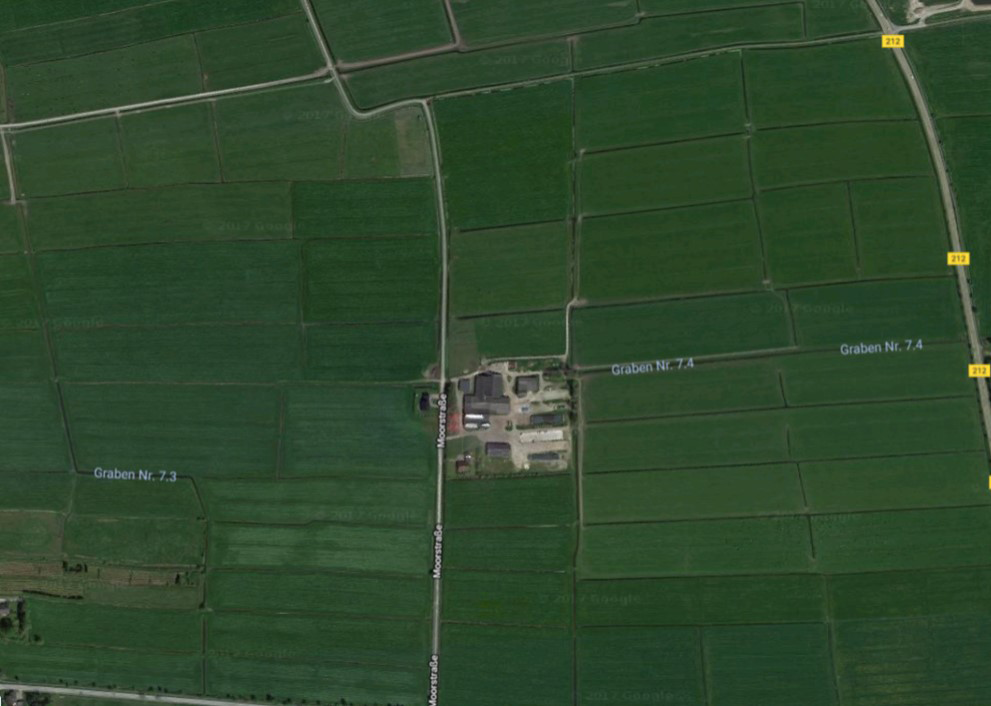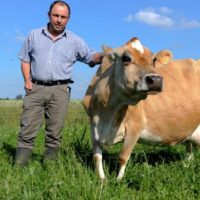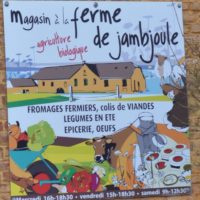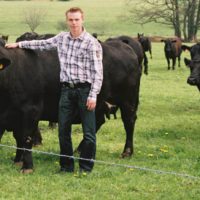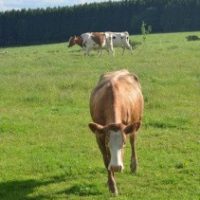Splitting grazing and cutting areas in two types of grassland for more efficiency
Description
The existing framework conditions, such as soil type, climate and system itself (milk cattle, grazing) are analysed and adapted to the system. The lowland moor is mainly used for cutting, as grazing causes considerable damage to the turf.
Decisive for the establishment of this system are the existing framework conditions, which can of course vary depending on the location. The use of grassland is therefore very diverse and not all measures make sense everywhere.
Important keywords are soil type, water management, grass species and climate.
Farm description
Environment
- Soil type 1: Clay
- Soil type 2: Peat
- Climate: Temperate oceanic climate
- Average altitude: -1 to 1
Grassland management
- Grazing: Yes
- Grazing management type: rotational grazing
Structure
- Agricultural Area : 135 ha
- Permanent grassland area: 135 ha
- Average stocking rates:
- Agricultural area 1.85 LU/ha
- Grassland area 1.85 LU/ha
Animal performance
- Dairy Cows: 160
- Breed type 1: HF
- Breed type 2: Normanne
- Breed type 3: Fleckvieh
Why it is working
The innovation consists in using the framework conditions and its own resources as efficiently as possible. The partitioning of the area provides maximum efficiency in all areas and is fully adapted to the operational situation.
Additional information
| Farming system | conventional farming |
|---|---|
| Domains of innovation | animal feeding management, farm system, forage conservation technique, landscape |
| Main types of animal | dairy cattle |
| Country | Germany |
| Product type | Farmer portrait |
| Language | English, German |
